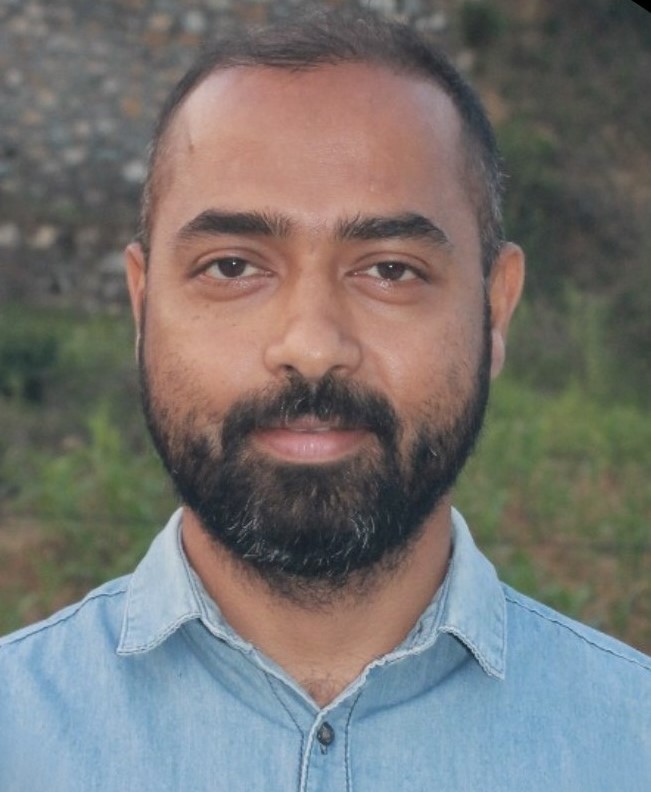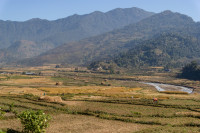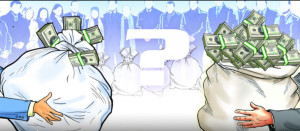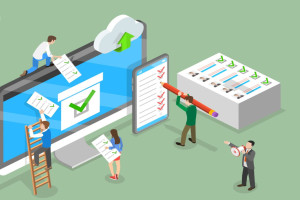Columns
Navigating life with a rare disease
Nepal’s evolving national disease registries lack information on sarcoidosis.
Adheep Pokhrel
In April 2019, during a routine check-up at a private hospital in Kathmandu, a general practitioner’s words struck me with unexpected force: “There are several small nodules in your lungs, and we need to do a CT scan as soon as possible—it could be something serious.” A whirlwind of fear and uncertainty gripped me. Seeking clarity, I consulted a lung specialist. After a series of invasive tests, I was diagnosed with sarcoidosis—a term previously unfamiliar to me.
Sarcoidosis is an inflammatory disease where the immune system overreacts, forming clusters of inflamed tissue called granulomas, as explained by the National Heart, Lung and Blood Institute of the United States. Although sarcoidosis is often first diagnosed in the lungs, granulomas can develop in various organs—such as the lymph nodes, skin, eyes, heart and nervous system—potentially disrupting their normal functions. The disease is complex, poorly understood and varies widely in its impact on individuals. Some experience few or no symptoms, while others—like myself—deal with daily physical and emotional challenges.
Scientists and medical professionals have yet to identify the disease’s root cause. However, an article by the Journal of Clinical Medicine indicates that genetic and environmental factors likely trigger it. Globally, it affects people across all ethnic groups, though an article from the European Respiratory Journal mentions a higher prevalence among African Americans and Northern Europeans. In Nepal, public awareness is minimal. I came across merely five studies conducted on relatively smaller sample sizes.
Diagnosis typically involves imaging tests, biopsy and ruling out other conditions like tuberculosis or cancer. A study in Nepal showed that sarcoidosis is often mistaken for tuberculosis because they look similar. In my case, the diagnosis came through a combination of CT scans, blood tests and neck biopsy. Even with this clarity, explaining my condition to others has never been easy.
I often simplify it by saying, “There are small patches of inflammation in my body that come and go, sometimes causing discomfort or difficulty,” but this barely scratches the surface of its complexity. On the outside, I may appear healthy, but I battle with breathlessness, fatigue and the emotional toll that comes with every laboured breath.
Its symptoms vary depending on the organ affected. In the lungs, it often causes a dry cough, chest pain, or trouble breathing. People may experience redness, pain, or blurry vision when it affects the eyes. It can show up on the skin as bumps or discolored patches. It also affects the heart, joints, or nervous system in some cases, causing tiredness, joint pain, or irregular heartbeat.
Shortly after the initial diagnosis, I relocated to Georgia for work. I began noticing more overt symptoms: a tightening chest, wheezing while walking and overwhelming fatigue. Some days, even getting out of bed was a monumental effort. I’ve since learned that the severity of my symptoms can sometimes shift with the seasons—while some people find summer to be more challenging, for others, winter or spring exacerbate the condition.
It was in the spring of 2023, after returning to Nepal, that my symptoms started to worsen. The stabbing pain in my chest became unbearable. After repeating the blood tests and the CT scan, my pulmonologist recommended immediate treatment.
Treatment for sarcoidosis focuses on management rather than cure. While some don’t need treatment because the granulomas regress or go away on their own, for me, they had spread all over my lungs and had started to cluster on my stomach and liver. The most common and preferred method for treating progressive sarcoidosis is corticosteroids. They are a form of steroids that fight inflammation and reduce pain in the body.
Hearing the word “steroids” terrified me. I had read about the side effects, from weight gain and mood swings to increased blood sugar and feared the long-term implications. Yet, the alternative—permanent lung scarring leading to fibrosis—was far scarier. With the assurance of short-term use and manageable side effects, I agreed to begin treatment at 40 mg of prednisone daily and gradually decrease the dose over a year. Although the medication helped avert irreversible damage, it came with its own emotional rollercoaster, amplifying my mood swings and leaving me feeling isolated at times. Physically, my lungs feel better now. However, living with sarcoidosis has also deepened my struggle with mental health issues.
Residing in Kathmandu presents additional challenges. The city’s deteriorating air quality, with hazardous levels on days like March 31, 2025, exacerbates my respiratory symptoms. As someone who enjoys walking and jogging, which are highly beneficial for strengthening lung capacity, sadly, I have to limit my outdoor activities due to the pollution level. An article published by Multidisciplinary Digital Publishing Institute (MDPI) shows that high air pollution levels can worsen sarcoidosis by triggering inflammatory responses in affected individuals.
Due to the unpredictable nature of the disease, managing and treating it is complex and requires constant vigilance. According to a PubMed Central article, the prevalence of sarcoidosis varies globally. It is difficult to pinpoint due to differences in the data sources, leading to inaccurate estimates. It ranges from 1-5 per 100,00 in South Korea to 140-160 per 100,00 in Sweden and Canada. Meanwhile, the exact data remains unclear in Nepal due to underreporting and misdiagnosis, as stated in a piece by the Nepalese Respiratory Journal.
Additionally, the evolving national disease registries lack information about sarcoidosis, and limited awareness among healthcare professionals makes timely diagnosis and care difficult. Furthermore, many symptoms of sarcoidosis resemble those of other diseases, like tuberculosis, which complicates diagnosis in areas where TB is common.
Better coordination among health practitioners and specialists and more robust healthcare policies that consider both physical and environmental factors would help patients with chronic conditions in Nepal. A multidisciplinary approach highlighted in an article “Treatment of Sarcoidosis: A Multidisciplinary Approach” by frontiers in Immunology through stronger collaboration between specialists—pulmonologists, rheumatologists, cardiologists, ophthalmologists and mental health professionals—would help manage sarcoidosis effectively. However, we also require something beyond clinical expertise: empathy, awareness and support systems that address the emotional impact of invisible illnesses.
While the battle with sarcoidosis is deeply personal, it also reflects broader challenges in public health. In Nepal, where discussing one’s health in public is common, every conversation becomes an opportunity to educate, share experiences and foster hope among those navigating similar invisible battles.




 9.12°C Kathmandu
9.12°C Kathmandu















